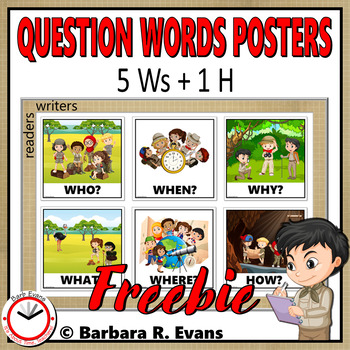Celebrate this fun holiday with 2 resources:
Groundhog Day Hink Pinks, Hinky Pinkies, & Hinkity Pinkities is a super fun freebie!
These word riddles teach students to problem solve while honing vocabulary skills. This product is available as task cards and digitally on TPT Easel.SCRATTLE is a differentiated, math and literacy, learning center activity that combines word work with computation; individual effort with competition.
Students make words, as in ScrabbleTM, computing their worth. Then they engage another learner in a friendly battle to see which child has the most high scores. SCRABBLE + BATTLE = SCRATTLE. The word warriors will quickly eschew the easy, low scoring words in order to create more complex and higher scoring words. Thus, offer your pupils the chance to play several times. They will love it and you will enjoy seeing the uptick in their efforts.BTW, I offer 7 SCRATTLE products in my store and all of them have just been updated and refreshed. So, if you already have some SCRATTLE in your resource library, download the new versions!
I've been refreshing and renewing lots of products lately. As with SCRATTLE, you can download the new versions for FREE if you already own the previous version.
HOW TO PLAY SUDOKU is a slideshow that explains and illustrates the terminology, procedures, and strategies for completing sudoku puzzles. The revisions include all new graphics and compacting the slideshow.
Related to sudoku are my Latin Squares products. They are great for easing into sudoku and are all freshly redone.
These QUESTION WORDS POSTERS have not only been refreshed with all new graphics, but the product has been expanded. Even if you don't already own it, you can download it for FREE.ATTITUDE POSTER is a FREEBIE that has been refreshed with new graphics.



















































